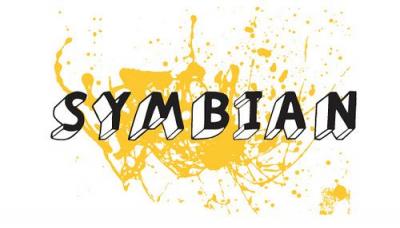It has been a busy period for the Symbian Foundation, which used the Mobile World Congress show to unveil the Symbian^3 (or S^3 for short) platform, the first entirely open source release following its transition earlier this month to an open source licence.
The Foundation says the release will include a feature of advances including improvements to Symbian’s usability, as well as interface developments and the ability to run even more applications simultaneously.
The Symbian Foundation lists the following improvements for S^3:
- HDMI support: Enables users to plug their phone into a TV and watch a high-definition movie at 1080p quality without a Blu-ray player.
- Music store integration embedded within the radio: Enables users to identify a song and learn more about it. The addition of a “buy now” button, which links with the user’s chosen music store, makes purchasing easy.
- More efficient memory management due to Writeable Data Paging: Allows more applications to run in parallel for a faster, more complete and efficient multi-tasking experience, especially on mid-range hardware.
- A new 2D and 3D graphics architecture takes full advantage of the hardware acceleration available to deliver a faster and more responsive user interface: Users, developers and device creators will all benefit greatly from the visual enhancements and smooth transitions that will significantly improve the look-and-feel of their applications and services. Combined with industry-standard OpenGL ES, the new architecture also provides a great platform for high performance games – all without slowing the phone down.
- The industry-leading networking architecture, ready for 4G networks, provides next-generation Internet experiences on today’s devices: Consumers will benefit from the architecture’s ability to seamlessly balance each individual application’s needs regarding factors such as bandwidth, latency and jitter. This improves the consumer’s experience of network-dependent applications and Internet services like VoIP and media content streaming.
- One-click connectivity for all applications greatly simplifies the process of connecting to the Internet, without interrupting the user: New global settings allow the user to configure platform-wide behaviour, for example ensuring the device automatically switches from cellular to WLAN when a free WLAN network is available.
- Usability enhancements across the user interface include the adoption of a direct “single tap” interaction model, making it much easier to complete common tasks on a device: Multi-touch support for gestures such as “pinch-to-zoom” forms the basis of a gesture framework that can be extended and leveraged by the developer community.
- The home screen takes a big step forward with support for multiple pages of widgets and a simple flick gesture to move between them: The widget manager makes discovery and download of new widgets simple and support for multiple instances of a native widget means that consumers can monitor multiple weather forecasts, news feeds, social networking accounts or multiple email accounts simultaneously through a common interface.
S^3 is not available at the moment but is expected to be “feature complete” by the end of the first quarter (31 March). The first devices using the platform are expected to ship somewhere around the Q3 mark this year.
“S^3 is another huge milestone in the evolution of our platform,” said Lee M. Williams, Executive Director of the Symbian Foundation. “Now that it is fully open source, the door is open to individual contributors, device creators and third-party developer companies, as well as other organisations, to create more compelling products and services than ever before.”

In recognition of the increasing competition it faces following the arrival of Apple’s iPhone, as well as rival mobile operating systems such as Google’s open source Android, the Symbian Foundation also said that the developer experience has also been “greatly improved”.





